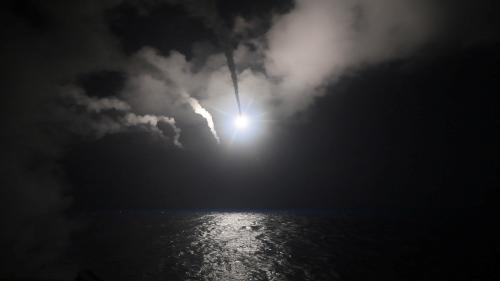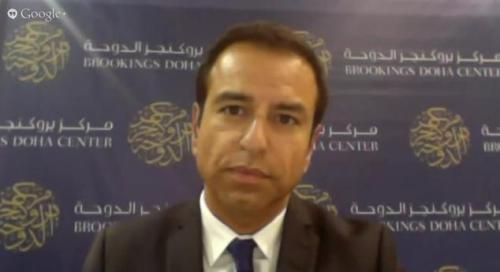What are the Obama administration’s options, really, on Syria? As nonresident senior fellow with Brookings’s Center for Middle East Policy Steven Heydemann writes in a new New York Times op-ed, policy conversations on possible options tend to paint a slim choice between no-fly zones or increased support to rebel groups in Syria—options that risk being ineffective and escalating the conflict.
Heydemann implores policymakers between now and the end of the lame duck period to consider alternatives for pressuring Putin into curtailing the Kremlin’s military and political backing of the Assad regime. He proposes a U.S.-led initiative to undermine the Assad government’s international legitimacy, including by recognizing a separate Syrian government as the country’s true representative. The Syrian Interim Government (S.I.G.)—which resides within Syria and is run by a recently elected popular, politically independent prime minister—could serve as such an alternative.
Buttressing the S.I.G., according to Heydemann, could also reap dividends for the United States and its allies in combatting ISIS. As the anti-ISIS coalition plans to liberate areas in Syria in the coming months, the S.I.G. could fill the governance vacuum left in its wake.
Heydemann also recommends for the United States to adopt the “modulated use of air power for specific, temporary purposes,” rather than instituting a blanket no-fly zone. Experience has shown that, contrary to worries that this too could lead to escalation, Assad and Russia do fold in the face of similar U.S. threats.
Between these options and others, Heydemann writes that the Obama administration should not remain circumspect in its waning weeks, but instead should take action to better prepare the incoming president to subvert the Assad government internationally, and to hasten an end to the humanitarian catastrophe on the ground.
The Brookings Institution is committed to quality, independence, and impact.
We are supported by a diverse array of funders. In line with our values and policies, each Brookings publication represents the sole views of its author(s).








Commentary
Beyond no-fly: Other options for pressuring Russia to drop support for Assad
November 3, 2016